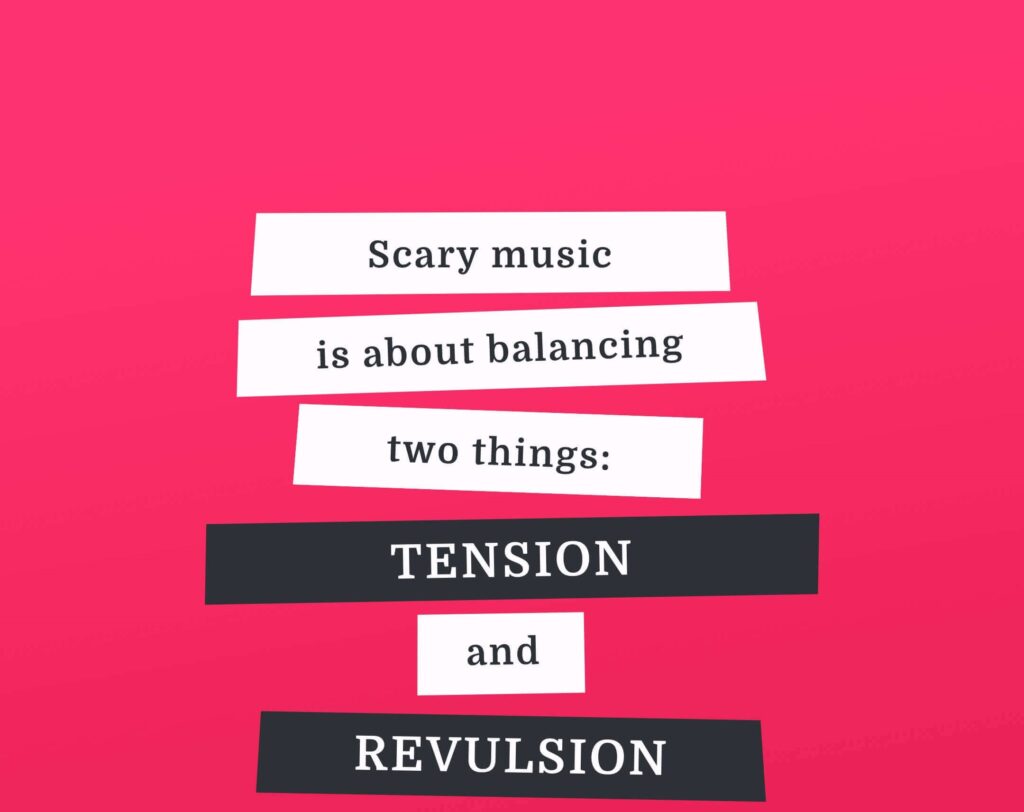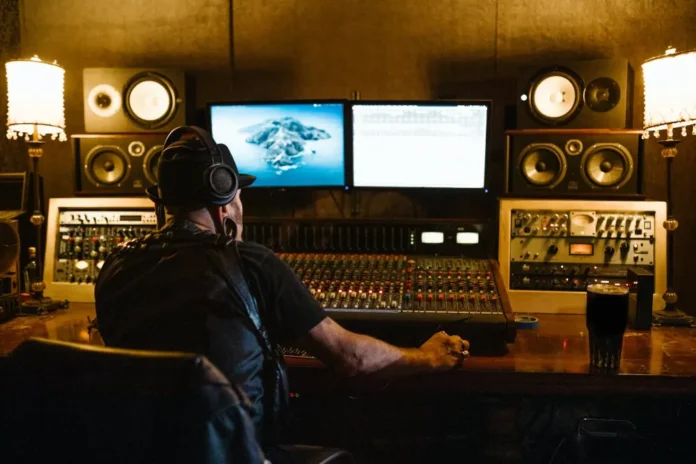Sound design tips can help create suspense, which is the heartbeat of every great thriller, horror or mystery film. It’s what keeps viewers holding their breath, gripping their seats, and watching through their fingers. But creating that edge of your seat tension does not always require a big budget, fancy gear or a Hollywood sound team.
In fact, sound design is one of the most powerful tools a low-budget filmmaker can use to build suspense and it is often the most overlooked. The creak of a floorboard, the distant hum of electricity or a sudden drop into silence can be far more terrifying than anything you show on screen. The best part? Many of these techniques are cheap or completely free.
Sound Tips to Make Low Budget Movies More Suspenseful
Suspense is one of the most powerful emotions you can create in film. It keeps audiences on edge, leaning forward in their seats, waiting to see what happens next. But when you are working on a low budget film, you might not have access to expensive gear, licensed sound libraries or a professional sound team. Luckily, with creativity and careful planning, especially by using film composition rules, you can still create a tense, suspenseful atmosphere that grips your audience.
Here are 11 sound design tips specifically tailored for low budget filmmakers looking to build suspense effectively.

1) Use Silence as a Weapon
Silence is often more powerful than sound. A quiet moment can heighten tension better than loud music or effects. When you remove all ambient noise, it creates a sense of discomfort. The audience becomes hyper aware, listening closely and expecting something to happen.
This technique is especially effective just before a reveal or jump scare. Instead of layering music over every scene, try pulling it away and letting the silence speak.
2) Layer Sounds for Complexity
Suspense thrives on layered sound. Just like how legal documents rely on carefully layered clauses and terms to build a strong case, a single sound might not create fear or tension, but when layered with others, it can become much more effective.
For example, in a tense hallway scene, combine low, distant hums, soft footsteps and a quiet high pitched tone. Even if the viewer doesn’t consciously notice each sound, they will feel uneasy.
You don’t need expensive software. Free or low cost DAWs like Audacity or Reaper are great for layering and editing sound.
3) Record Your Own Foley Sounds
Foley is the art of creating sound effects using everyday objects. On a tight budget, recording your own Foley is not just cost effective. It also gives you full control.
Need footsteps on gravel? Walk on rice or cat litter. Need a creepy door creak? Try opening old cabinets or twisting metal. You can make scary sounds with things you have at home.
Take your time and record clean, close up versions. Layer and manipulate them later in post production for more impact.
4) Use Low Frequencies to Create Dread
Low frequency sounds can cause physical reactions heart racing, stomach tightening and a general sense of unease. Think of the low rumble you hear before a jump scare.
You can generate these tones using free synth plugins or even download royalty free low frequency rumbles. Apply them subtly in scenes where the character is being watched or is alone in the dark. These sounds suggest danger, even if nothing is happening visually.
5) Play with Repetition and Rhythm
Repetition in sound creates patterns, and when you break that pattern, it can shock the viewer. Use this to your advantage. For example, the ticking of a clock, dripping water or a slow knock can build tension. If the rhythm is steady, the audience relaxes into it. If the sound suddenly stops or gets faster, it can surprise the audience. This technique is cheap but highly effective for horror and thriller films.
6) Incorporate Natural Ambience with a Twist
Recording real world background noise can add realism, but you can also use it to build suspense. A forest, a quiet street or an old building can sound eerie with the right treatment. Try slowing down the sound, adding slight distortion or reversing small parts.
These subtle tweaks make the sound feel unnatural, creating tension without being obvious. For example, a quiet park with slightly distorted bird calls suddenly feels off. It unsettles the viewer without them knowing why.
7) Distort Common Sounds
Take ordinary sounds and make them strange. A baby’s laugh slowed down becomes eerie. A dog barking reversed can sound like an alien creature. You don’t need a massive library.
Just use the sounds around you and manipulate them. Stretch, reverse, pitch shift or loop them unnaturally. This is especially helpful for supernatural or psychological thrillers, where reality feels distorted and you want sound to reflect that unease.
8) Use Sound Perspective to Tell a Story
Sound perspective refers to how close or far a sound feels. You can shift the listener’s “ear” position using volume, reverb and EQ. If a villain is approaching, start their footsteps quiet and muffled. Then slowly increase volume and clarity.
This gives the sense that danger is getting closer. Changing perspective also helps you follow characters off screen, making scenes more immersive and suspenseful even when you can’t show everything visually.
9) Use Drones and Sustained Tones
Drones are continuous sounds that don’t change much in pitch or rhythm. They are perfect for creating tension over long scenes. A low drone can suggest looming danger, while a high one might create nervous energy.
These tones are easy to make using free synthesizers or even by modifying real world sounds. Be careful with volume keep it subtle so it does not become annoying. The goal is to create a mood not to distract.
10) Avoid Overusing Music
It’s tempting to rely heavily on music to build suspense. But too much music can dull its effect. If everything is scored, the audience may stop reacting emotionally. Use music carefully and sparingly. Let natural sound and silence carry the mood.
When you do use music, make sure it supports the scene rather than overwhelming it. For low budget films, focus on ambient, droning textures or minimalist compositions instead of full orchestral scores. These are easier to create and often more effective.
11) Build Contrast Between Scenes
Suspense works best when there is contrast. If everything sounds tense all the time, the audience becomes numb. Instead, let some scenes breathe. Use light, airy sounds or peaceful silence before a tense scene.
Sound design tips often focus on contrast it makes the suspenseful moments hit harder. It’s like pulling back a slingshot like tension builds when you let the audience relax, then snap fear hits fast. Even simple sounds like a wind chime or soft radio music before a scary scene can make the shift more shocking and effective.
When You Can’t Show It, Let Them Hear It
You don’t need a big budget or fancy gear to create suspense. It is about knowing how sound makes people feel. With some creativity and smart ideas, your low budget film can sound just as tense and exciting as a big movie. The most important rule? Listen carefully.
Study the films that scare or excite you. Notice when silence is used, when background noise shifts and when a sudden sound makes you jump. Then take those ideas and experiment on your own.
Sound design tips show you don’t need much to make your audience feel. Just know when to let them listen and when to make them wish they hadn’t.

